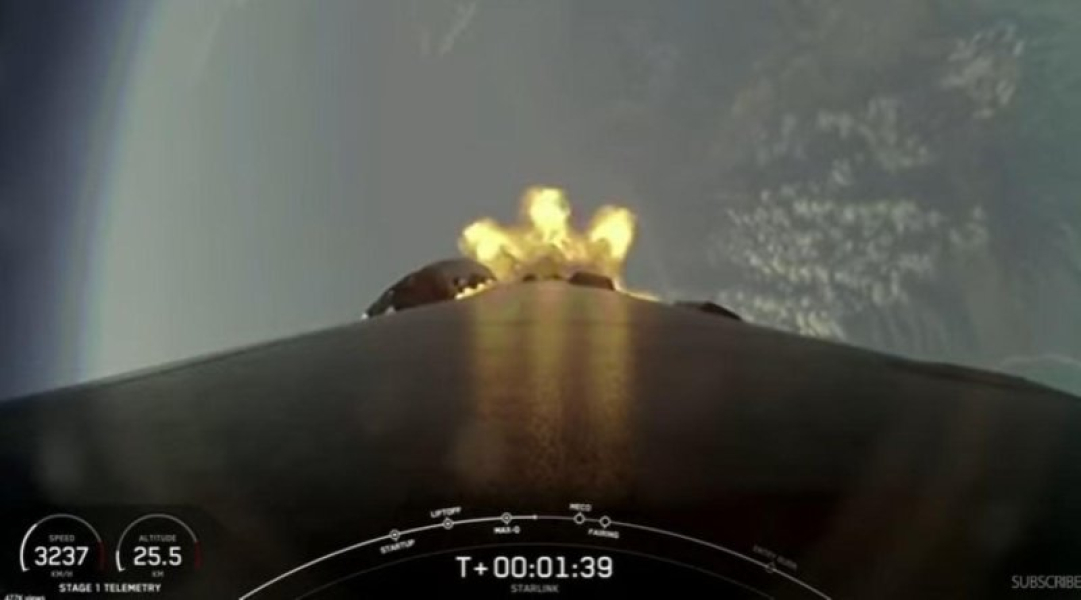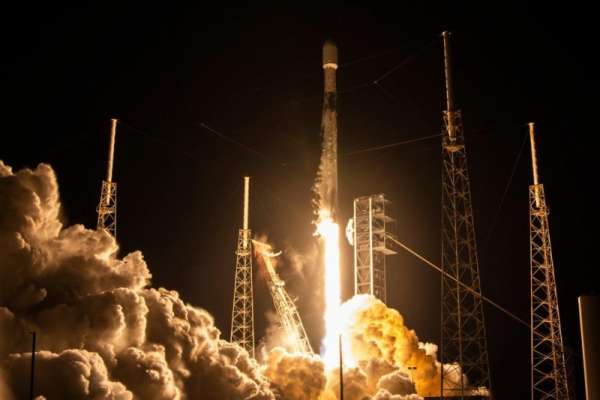
Under mostly cloudy skies, SpaceX launched 27 Starlink internet satellites into low Earth orbit on a Falcon 9 rocket from Vandenberg Space Force Base in California just after 6 p.m. PT Thursday.
This is the fifth time the first-stage fuel booster has been used to launch a SpaceX rocket. The booster landed on the Of Course I Still Love You recovery drone after separating from the payload, which was jettisoned into low Earth orbit about eight minutes after liftoff.
This is SpaceX's 25th mission in 2025.
The steady stream of Starlink satellite launches has been a bright spot for SpaceX in recent months, as the previous two more high-profile Starship missions ended in explosions. The seventh Starship test flight ended abruptly with an explosion near the Turks and Caicos Islands in the North Atlantic Ocean on January 16. SpaceX has identified a fuel leak as the cause of the incident.
A similar fate befell Starship 8 on March 6, when it broke up off the coast of Florida after launching from SpaceX Starbase in southern Texas. The incident temporarily halted commercial air travel at Orlando International Airport as debris fell into the Atlantic Ocean.
The Starship program is designed to launch simulators of larger, heavier, and more reliable SpaceX satellites into space in preparation for the company's expansion and addition of more satellites to its commercial internet constellation.
Sourse: www.upi.com





